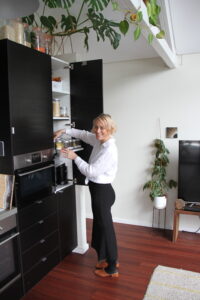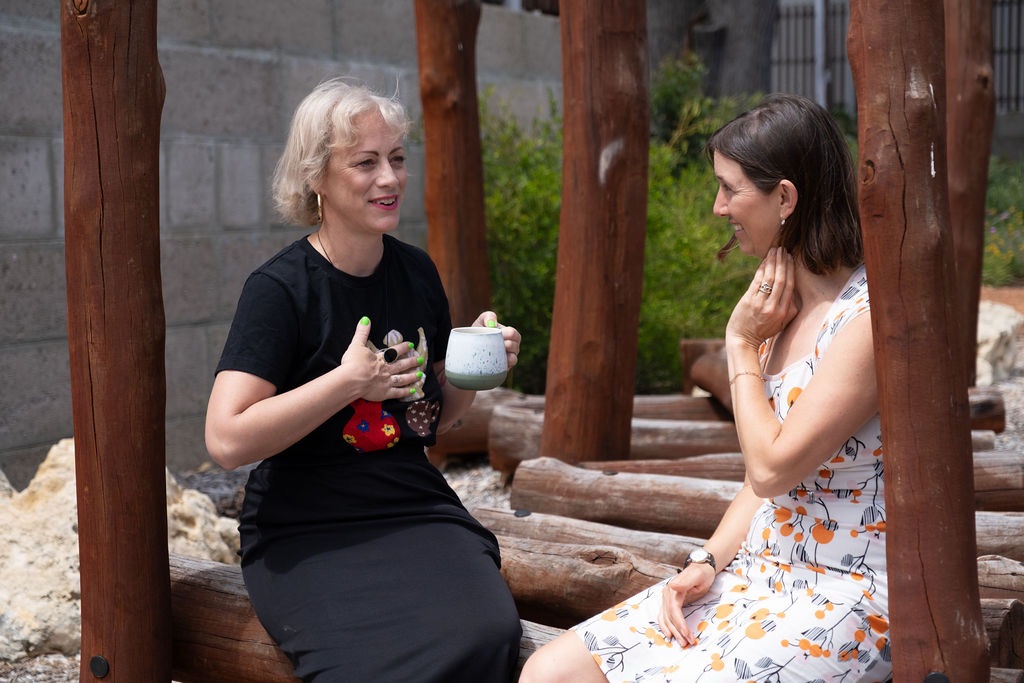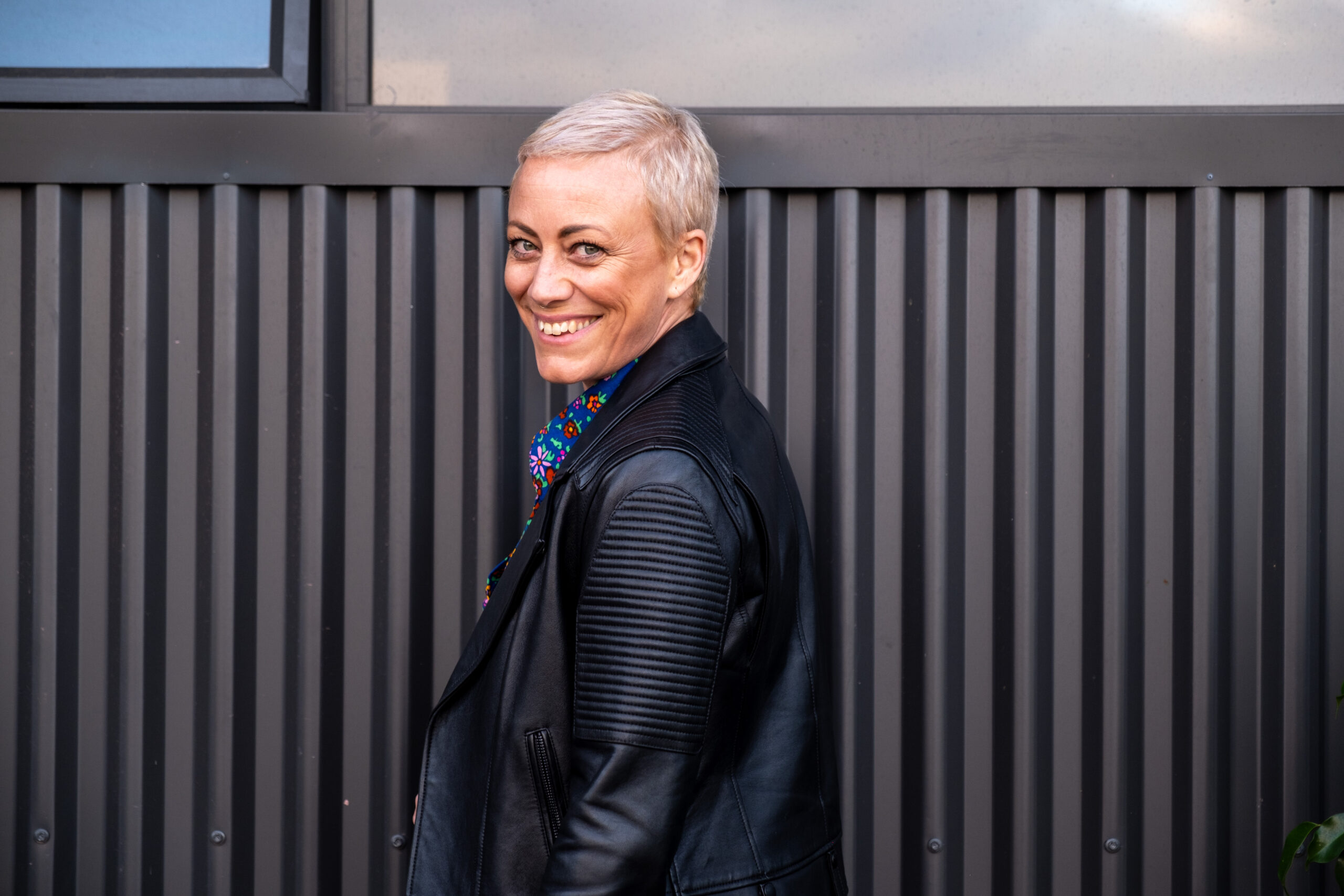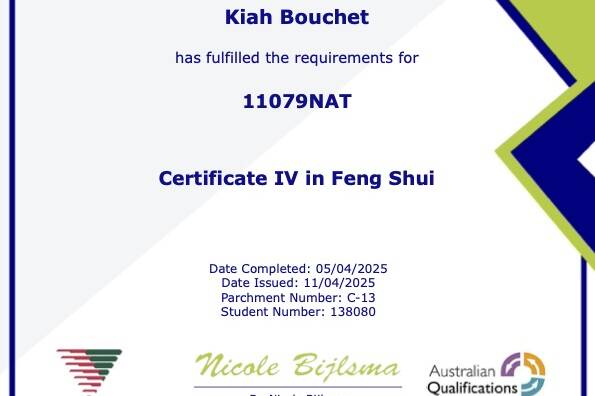 Happiness by Design: Modern Feng Shui is an article we recently featured in. With Australian – owned and operated RJ Living about happiness and how we are influenced by the design and the ascetic of our home environment.
Happiness by Design: Modern Feng Shui is an article we recently featured in. With Australian – owned and operated RJ Living about happiness and how we are influenced by the design and the ascetic of our home environment.
So what is Feng Shui?
The term “Feng Shui” translates to “wind-water” in English. The centuries old Chinese practice looks at the harmonious flow of energy (Qi) in the environment.
The practice of Feng Shui, which is more popular than ever, is vital to people’s wellbeing all over the world.
Especially after the covid lockdowns experienced all over the world in 21/22. The impact of our dwellings on our mental health was making headway.
Making It Modern.
As RJ LIVING unpacked in their article about happiness and modern design.
Feng Shui may be an ancient practice. But it has endless applications in today’s modern design landscape.
Interior designer Trish Khoury from Grace Interior Designs says, “Just like interior design, Feng Shui has key principles.
However, the best actionable advice to apply Feng Shui is to follow your intuition and what feels good.
”Essentially, don’t be put off to try Feng Shui by thinking you have to go all in.
Take elements of the practice that speak to you and craft a space that makes you happy.“
Kiah adds “when you start to play around with the furniture, you kind of realise that it’s not just about being clean but how forms influence us.”
The house actually functions better when you follow those Feng Shui principles.
So, we know that a happy home that feels good is important to our wellbeing but how do we get started?
We are all living busy lives and whilst we are running around trying to fit 48hrs into one day. We are not thinking about how our environment is influencing us and our families.
Getting a professional decluttering service in like Declutter with Kiah is the first step.
Getting started can feel overwhelming and trying to find the time can seem impossible.
Kiah has helped clients in all stages of their journey and offers services that include decluttering, Feng Shui and services for NDIS participants.
Here are the Feng Shui principles she follows:
Arrangement and Placement
Feng Shui is all about furniture arrangement and object placement to optimise energy flow within a space.
The layout of your home can affect the flow of energy and emotions.
An open, uncluttered layout in a home can encourage a sense of freedom and tranquility.
While a cramped space can lead to tension and unease.
Natural Light and Ventilation
Good Feng Shui encourages the presence of natural light and fresh air.
Imagine large windows, open floor plans and the use of mirrors to reflect light.
However, Kiah cautions to be mindful of your mirror placement: “Use them if they reflect something beautiful.
Don’t use mirrors opposite main entrance doors.
If you use this position, mirrors will deflect and reject all the energy.
Even good energy from entering your house.
Decluttering and Organisation
Great news if you’re drawn to minimalist approach in your home then this design style will align with you. Feng Shui principles are there to help keep the spaces in your home organised and clutter-free.
Intelligent storage solutions and efficient organisation can contribute to a sense of order and balance. So don’t be afraid to jump in and make a start.
Symbolism and Artwork
Using artwork and symbolism is a great way to incorporate the five elements without going overboard.
Things like clay vases or pottery for earth. An image of a seascape or river for water. Or even candles for fire. These are all subtle ways to integrate this elemental vibe into your space.
Colour Psychology
We’ve already covered the link between design and psychology, but it’s worth mentioning the impact that colour has on our mood.
Modern design can leverage colour psychology to create atmospheres that bring a particular energy to a room.
The profound impact that colours can have on our mood cannot be understated.
No matter how subtly or overtly those colours are incorporated into a space.
A Feng Shui approach to colour selection can help create an atmosphere that matches the desired emotional state.
For example when painting your home think, soothing blues may be used for relaxation. While energetic reds can be incorporated for areas promoting activity.
To book your FREE 30 minute phone consult with Kiah, simply reference rjliving in the comments section.
Full Blog available here
February 16, 2024 / Milly McEwan


